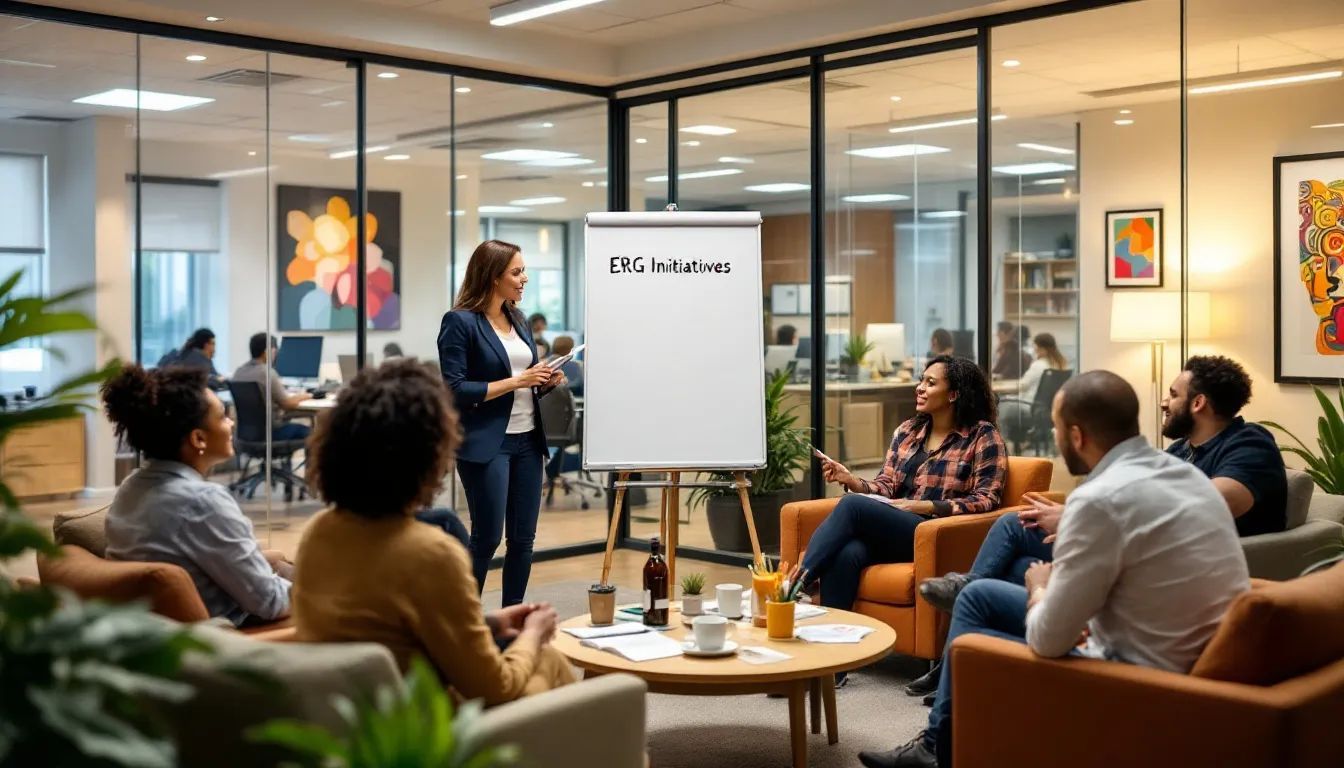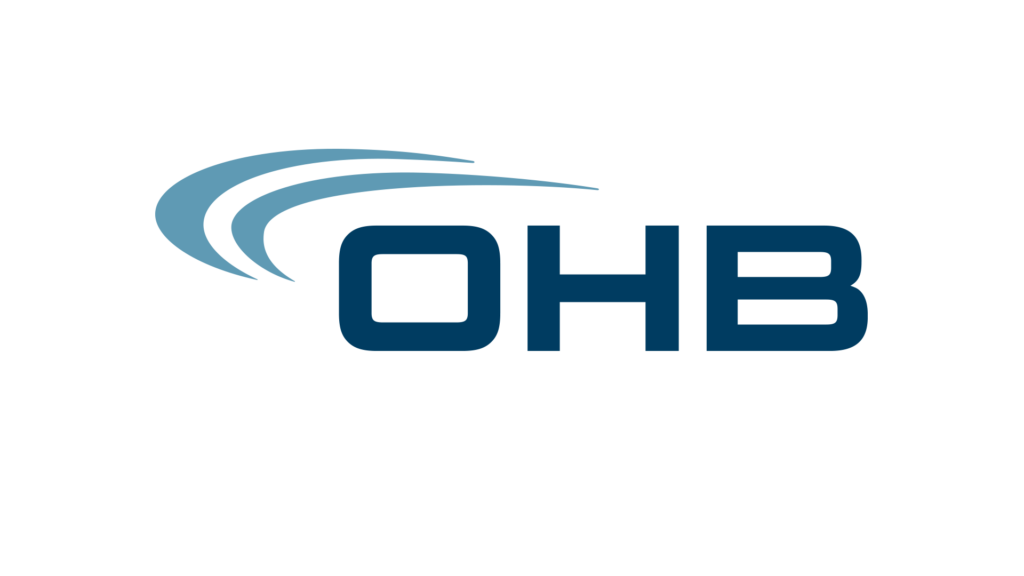In today's rapidly evolving business landscape, a strong commitment to diversity in the workplace has become more than just a moral imperative—it's a strategic advantage. Organizations that prioritize diversity and inclusion create environments where employees from all backgrounds can thrive, innovate, and contribute their unique perspectives. This comprehensive guide explores how companies can build and sustain meaningful diversity initiatives that transform workplace culture and drive business success.
Why is Workplace Diversity Valuable?
Research consistently shows that a strong commitment to diversity in the workplace is one of the major deciding factors for candidates when applying for jobs. Beyond recruitment advantages, diverse organizations enjoy numerous benefits that directly impact their bottom line.
"Diversity is being invited to the party; inclusion is being asked to dance."
When we talk about diversity in the workplace, we're referring to the presence of individuals from various backgrounds, cultures, and experiences within an organization. This includes differences in gender, race, ethnicity, age, religion, sexual orientation, disability status, and more. However, simply having a diverse workforce isn't enough—inclusion is what makes diversity work.
Inclusion ensures that every employee feels valued, respected, and integrated into the company culture. It involves creating an environment where diverse perspectives are not only welcomed but actively sought out and incorporated into decision-making processes.
The business case for diversity and inclusion is compelling:
- Enhanced creativity and innovation: Diverse teams bring varied perspectives that spark creative solutions
- Improved decision-making: Multiple viewpoints lead to more thorough analysis and better outcomes
- Stronger financial performance: Companies with significant racial and ethnic diversity are 35% more likely to outperform competitors
- Expanded talent pool: Organizations committed to diversity attract candidates from wider backgrounds
- Better employee engagement: Inclusive environments foster higher job satisfaction and retention
Building a Foundation for Diversity

Developing a Comprehensive Diversity Strategy
Creating a strong commitment to diversity in the workplace begins with a well-defined strategy that aligns with your organization's values and goals.
- Assess your current state
- Define clear objectives and metrics
- Secure leadership buy-in
- Allocate adequate resources
- Create an implementation roadmap
Without a strategic approach, diversity initiatives risk becoming superficial gestures rather than meaningful change agents.
A successful diversity strategy requires honest evaluation of where your organization currently stands. This means collecting demographic data, reviewing policies and procedures, and gathering employee feedback about their experiences. With this baseline established, you can set specific, measurable goals for improvement.
Leadership commitment is non-negotiable for diversity initiatives to succeed. When executives actively champion diversity efforts and model inclusive behaviors, it signals to the entire organization that diversity is a core value, not just a compliance exercise.
Creating Inclusive Policies and Practices
Policies and practices form the backbone of your commitment to diversity in the workplace. They translate intentions into concrete actions that shape daily experiences.
Effective policies should be regularly reviewed and updated to ensure they remain relevant and supportive of diversity goals. They should also be clearly communicated to all employees, with training provided to help everyone understand their role in maintaining an inclusive workplace.
Neroia's social employee benefits platform offers a valuable tool for organizations looking to enhance their inclusive practices. By facilitating organic connections between coworkers through AI-driven recommendations of small-group activities tailored to individual interests, Neroia helps break down silos and foster authentic interactions across diverse teams.
Implementing Effective Diversity Initiatives
Addressing Unconscious Bias
Unconscious bias represents one of the most significant barriers to creating an inclusive workplace. These implicit associations and stereotypes can influence decisions about hiring, promotions, and everyday interactions without people even realizing it.
To combat unconscious bias, organizations should:
- Provide comprehensive bias training for all employees
- Implement structured decision-making processes
- Use data to identify patterns of bias
- Create accountability mechanisms
"Awareness is the first step toward change. We cannot address biases we don't acknowledge."
Training should focus not just on raising awareness but on providing practical strategies for interrupting bias in real-time. This might include techniques like slowing down decision-making, questioning assumptions, and seeking diverse input before reaching conclusions.
Fostering Inclusive Communication
Communication plays a crucial role in demonstrating a commitment to diversity in the workplace. Inclusive communication practices ensure that all employees feel heard, respected, and valued.
Key elements of inclusive communication include:
- Using gender-neutral language in company materials
- Providing translation services for multilingual workforces
- Creating multiple channels for employee feedback
- Encouraging respectful dialogue about differences
- Acknowledging diverse religious and cultural holidays
Organizations should also be mindful of how meetings are conducted. Are the same voices always dominating discussions? Are remote workers given equal opportunity to contribute? Simple adjustments like rotating meeting facilitators and establishing participation guidelines can make a significant difference.
Building Employee Resource Groups
Employee Resource Groups (ERGs) have become powerful vehicles for advancing diversity and inclusion efforts. These voluntary, employee-led groups bring together individuals with shared characteristics or life experiences to provide support, enhance career development, and contribute to personal development.
ERGs typically focus on specific dimensions of diversity such as:
- Women in leadership
- LGBTQ+ employees
- Black, Hispanic/Latino, Asian, or other ethnic groups
- Veterans
- Employees with disabilities
- Parents and caregivers
When properly supported, ERGs can:
- Provide safe spaces for underrepresented employees
- Offer mentorship and networking opportunities
- Advise leadership on inclusive policies
- Help attract diverse talent
- Build bridges between different employee groups
Measuring and Sustaining Diversity Efforts
Establishing Meaningful Metrics
What gets measured gets managed. To ensure your commitment to diversity in the workplace translates into tangible progress, you need robust metrics and regular assessment.
Collecting this data is just the first step. Organizations must analyze it to identify patterns, set goals for improvement, and track progress over time. Regular reporting to leadership and the broader organization creates accountability and demonstrates ongoing commitment.
Creating Sustainable Change
Building a lasting commitment to diversity in the workplace requires embedding diversity and inclusion into the very fabric of organizational culture. This means moving beyond isolated programs to create systems that naturally reinforce inclusive behaviors.
Four key elements for sustainable change include:
- Continuous learning: Regular training and development opportunities that evolve as needs change
- Accountability at all levels: Clear expectations for inclusive behaviors with consequences for non-compliance
- Integration with business strategy: Alignment between diversity goals and overall business objectives
- Celebration of progress: Recognition of achievements and milestones to maintain momentum
Neroia's platform supports sustainable diversity efforts by fostering organic connections between employees through shared interests rather than forced interactions. By recommending small-group activities based on individual preferences, Neroia helps build authentic relationships across differences in a natural, engaging way.
Overcoming Common Challenges

Resistance to Change
Even well-intentioned diversity initiatives can face resistance. Some employees may feel threatened by change or worry that diversity efforts will disadvantage them. Others might view diversity programs as unnecessary or politically motivated.
To address resistance effectively:
- Communicate the business case for diversity alongside the moral case
- Involve skeptics in the process rather than dismissing their concerns
- Share success stories that demonstrate positive outcomes
- Emphasize that diversity benefits everyone, not just underrepresented groups
Avoiding Tokenism and Superficial Efforts
One of the greatest risks to a genuine commitment to diversity in the workplace is falling into tokenism—making symbolic efforts that create the appearance of inclusion without substantive change.
Signs of tokenism include:
- Highlighting diverse employees in marketing materials without addressing internal inequities
- Setting diversity targets without creating supportive environments for diverse employees
- Celebrating cultural events without addressing systemic barriers
- Hiring diverse candidates but failing to provide equal opportunities for advancement
To move beyond tokenism, organizations must be willing to examine and address root causes of exclusion, including power dynamics, historical inequities, and systemic barriers.
The Future of Workplace Diversity
As we look ahead to 2025 and beyond, several trends are shaping the evolution of diversity and inclusion efforts:
- Intersectionality: Growing recognition that individuals have multiple identities that interact to create unique experiences
- Technology as both challenge and solution: AI tools that can help reduce bias but may also perpetuate it if not carefully designed
- Global perspectives: Expanding definition of diversity to include cultural and geographical differences
- Focus on belonging: Moving beyond representation to create environments where everyone feels they truly belong
Organizations that maintain a strong commitment to diversity in the workplace will be well-positioned to adapt to these trends and leverage diversity as a competitive advantage.
Conclusion: Making Diversity a Core Value
Building a strong commitment to diversity in the workplace requires more than good intentions—it demands strategic thinking, consistent action, and ongoing evaluation. When diversity and inclusion become core organizational values rather than peripheral initiatives, they transform workplace culture and drive business success.
By implementing the strategies outlined in this guide—from developing comprehensive policies to fostering inclusive communication to measuring outcomes—organizations can create environments where diversity thrives and every employee has the opportunity to contribute their unique talents and perspectives.
Platforms like Neroia support these efforts by facilitating authentic connections between employees based on shared interests and activities. Through AI-driven recommendations that bring together small groups for sports, wellness, and cultural events, Neroia helps break down barriers and build relationships across differences in natural, engaging ways.
The journey toward true diversity and inclusion is ongoing, but organizations that make this commitment will reap the rewards of more innovative thinking, stronger employee engagement, and better business results. In today's interconnected world, a strong commitment to diversity in the workplace isn't just the right thing to do—it's essential for organizational success.




